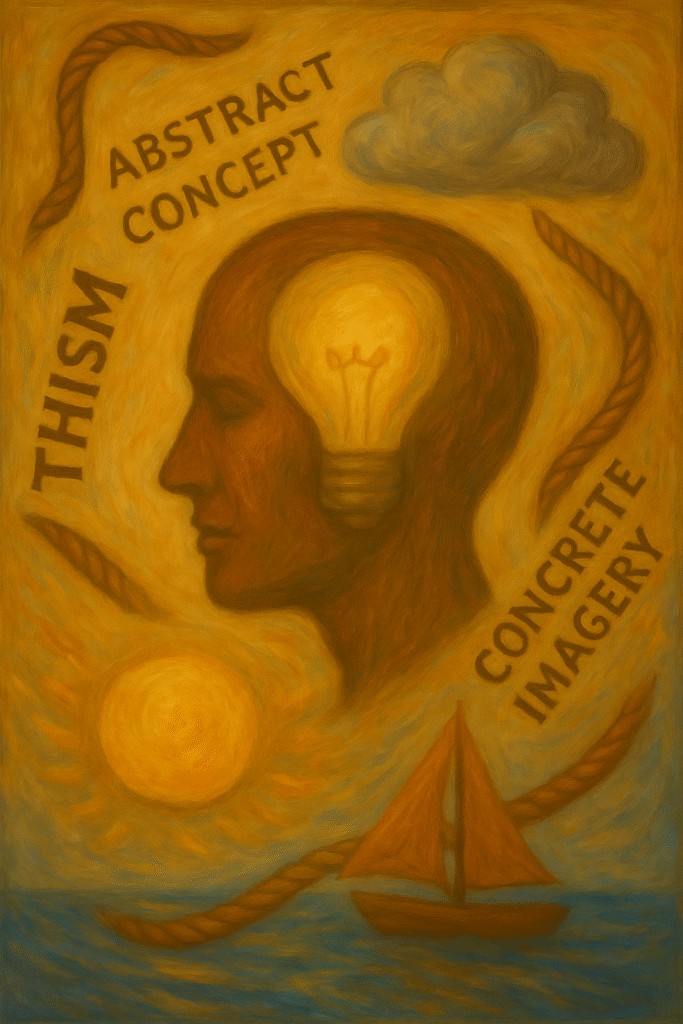Metaphors in everyday speech are more than decorative phrases; they are vital cognitive tools that help us interpret and connect with the world. Metaphors clarify complex ideas and evoke emotions, transforming abstract concepts into tangible visuals. But what exactly is the power of metaphor in communication and how can it be harnessed effectively?
Unlocking Metaphors: What Are They?
A metaphor is a linguistic figure of speech where one concept is directly equated with another, unrelated concept to highlight shared characteristics. For instance, calling time “a thief” personifies its elusive nature. This approach lets language transcend simple description, adding depth and emotional coloring to our communication.
Why Metaphors Matter: Enhancing Communication
Metaphors bridge abstract ideas to concrete understanding, making complex subjects relatable and memorable. According to a study by the _Journal of Communication_, effective use of metaphors can increase retention by 65%. Through this, metaphors become indispensable for impactful communication, stimulating the listener’s imagination and emotional resonance.
The Role of Everyday Metaphors
Everyday idioms like “time is money” offer intuitive comprehension by linking abstract concepts to common experiences. This grounds conversation in shared meanings, enhancing clarity and engagement in dialogue. Frequent use of such metaphors reflects cultural norms and personal beliefs, enriching communication.
Language Evolution: Metaphors’ Evolving Influence
Over time, metaphors have been crucial in language evolution, marking shifts in cultural paradigms and technological advancements. The use of metaphoric language has grown intricately linked to digital communication, reshaping our narrative frameworks as suggested by linguists at the _National Endowment for the Humanities_ (NEH).
Mastering Metaphorical Communication: Effective Strategies
Harnessing metaphors in communication requires creative strategies. Consider:
1. Audience Tailoring: Choose metaphors relevant to the cultural context and experiences of your audience.
2. Imagery Creation: Opt for metaphors that conjure vivid images and elicit emotional responses.
3. Simplification: Use metaphors to demystify complex topics into relatable content.
4. Interactive Feedback: Test metaphors with peers to assess comprehension and impact.
5. Authenticity: Ensure authenticity for engagement and empowerment of your message.
Public Speaking: Engaging with Metaphors
In public speaking, strategic metaphor usage captivates audiences and enhances memory recall. _George Lakoff_, a leading cognitive linguist, suggests that metaphors fundamentally shape our perception and influence behavior, making them powerful tools in effective rhetoric.
Cultural Impact of Metaphors
Metaphors not only adorn language but mold cultural narratives, ingraining societal values and shared understandings. The _Pew Research Center_ notes that metaphors are potent in reflecting and transmitting cultural identities, facilitating cross-cultural communication.
Educational Integration: Teaching with Metaphors
Incorporating metaphors into educational practices deepens understanding and aids retention. Educators, as highlighted by the _American Speech-Language-Hearing Association_ (ASHA), utilize metaphors to transform complex educational content into accessible, imaginative learning, fostering interactive classroom engagement.
Conclusion: The Transformative Power of Metaphors
Ultimately, the power of metaphor in everyday speech is transformative, enhancing comprehension, stimulating imagination, and fostering connections across diverse human experiences. As we navigate an ever-complex communicative landscape, embracing metaphor’s potential enriches discourse significantly, making language a truly powerful tool for meaningful interaction.


